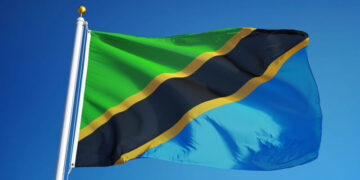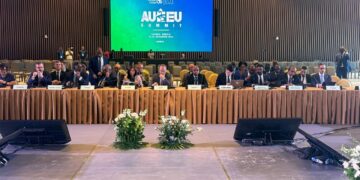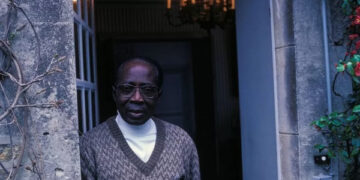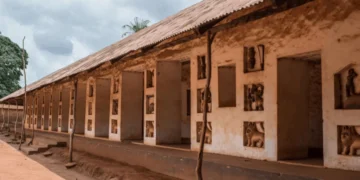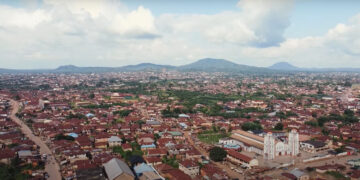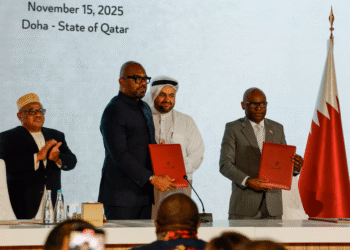The Zande people of Central Africa speak a language of the Adamawa-Ubangi branch of the Niger-Congo language family. The regions they inhabit, savanna in the north and rainforest in the south, are mostly suitable for agriculture and hunting.
The contemporary people are fine craftsmen in iron, clay, and wood. The Zande numbered more than 3.8 million at the end of the 20th century.
Although the Zande are ethnically mixed. In the 18th century a people calling themselves Ambomu and living on the Mbomu River began, under the leadership of their ruling Avongara clan, to conquer vast stretches of territory to the south and east, overpowering many peoples, some of whom have preserved their own languages while others have been completely assimilated.
This amalgam constitutes the modern Zande people. During their conquests, scions of the royal clan carved out kingdoms for themselves, and wars between these various kingdoms were frequent.
Zandeland is mostly made up of undulating savanna with streams cutting through it, densely forested areas. With the consistently mild temperatures to be expected just a few degrees north of the equator, the year is divided into the summer dry season and the winter wet season.
According to Ruth Finnegan:
“They have developed a characteristic mode of speech, ‘sanza’, an oblique and ambiguous form of expression of which their proverbs form only one example. This double-talk (including proverbs) has been described by Evans-Pritchard in a series of articles drawing mainly on his own field-work supplemented by published collections of proverbs (Evans-Pritchard 1956, 1963a, 1964a).”
Also, the Zande traditionally lived in widely scattered family homesteads. Polygyny is still practiced; in the past many men, especially the nobles, had so many wives that it was difficult for the younger men to marry.
Adultery could be heavily punished. Marriage was contracted by the gift of about 20 spears by the bridegroom to the family of the bride. Girls were married very young and sometimes affianced a few hours after birth.



